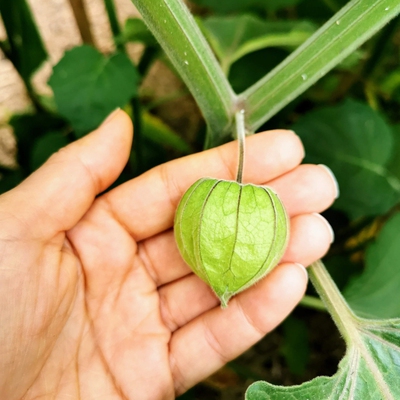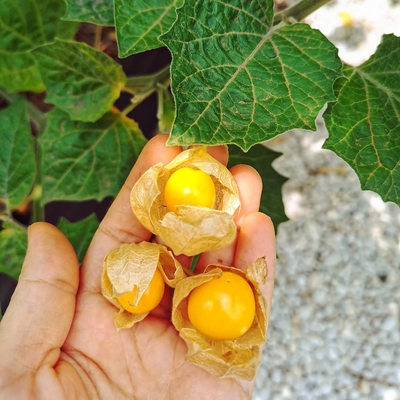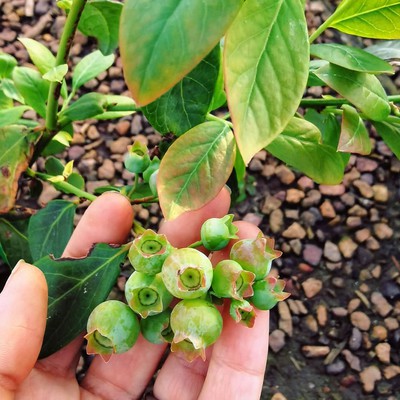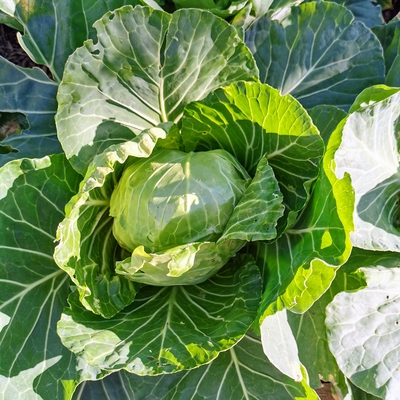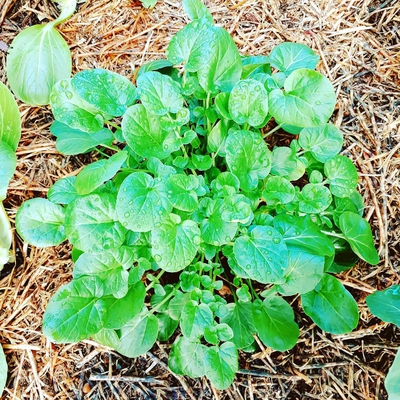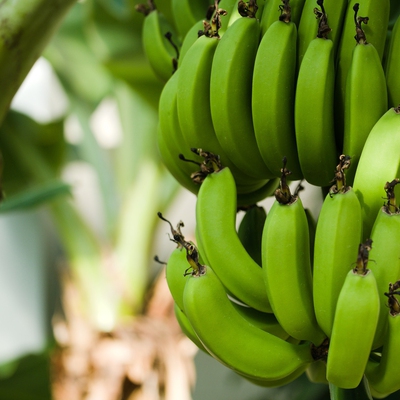Here is a detailed guide about everything you need to know to grow Cape Gooseberry, including when and how to plant, care for and harvest.
Other names: Physalis, Ground-Cherry, Golden Berry, Uchuva, Inca Berry, Unilla, Peruvian Golden Berry, Peruvian Ground Cherry, Poha Berry, Aztec Berry
 Soil
Soil
What soil is good for Cape Gooseberry?
Cape Gooseberry will adapt to most soil conditions, provided that the soil is well draining. The plant will not tolerate waterlogged soil. Mix in some well rotted compost before planting.
 Position
Position
How much sun does Cape Gooseberry need?
Plant Cape Gooseberry in full sun to afternoon shade, sheltered from strong winds.
 Frost Tolerant
Frost Tolerant
Is Cape Gooseberry frost tolerant?
No, Cape Gooseberry is not frost tolerant.
 Spacing
Spacing
How much space does Cape Gooseberry need?
Plant Cape Gooseberry at least 50cm apart.
 Planting
Planting
When should I plant Cape Gooseberry?
Plant Cape Gooseberry out in early spring once the danger of frost has passed. Seeds can take 14-21 days to germinate, so it is recommended to start seeds indoors in winter so they are ready to be planted out in spring.
Cape Gooseberry seeds are very small and should only be lightly covered with soil. You can also sprinkle them on the surface of the soil and water them in, allowing them to sink into the soil naturally.
When transplanting seedlings, plant out in the early morning or evening and/or on an overcast day. Avoid planting at peak sun times or on windy days, this will allow your plants to settle in comfortably and protect them from windburn and sunburn.
 Feeding
Feeding
What do I feed Cape Gooseberry?
Feeding for Cape Gooseberry is generally not required if the soil is prepared well. A light application of organic fertiliser can be added if the leaves begin to show signs of nutrient deficiency.
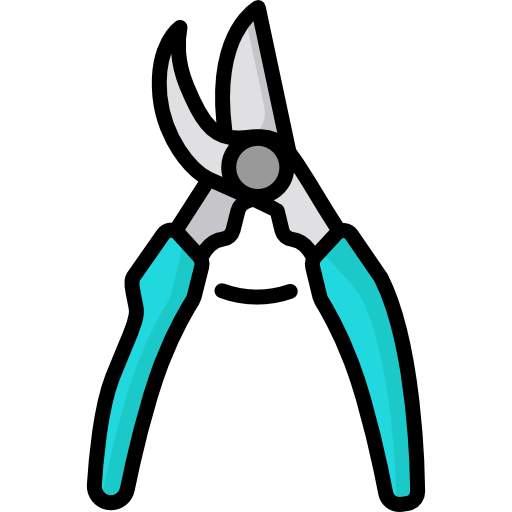 Harvesting
Harvesting
When can I harvest Cape Gooseberry?
Harvest Cape Gooseberries once the outer casing turns brown. The berries often fall to the ground when ripe and are still fine to eat.
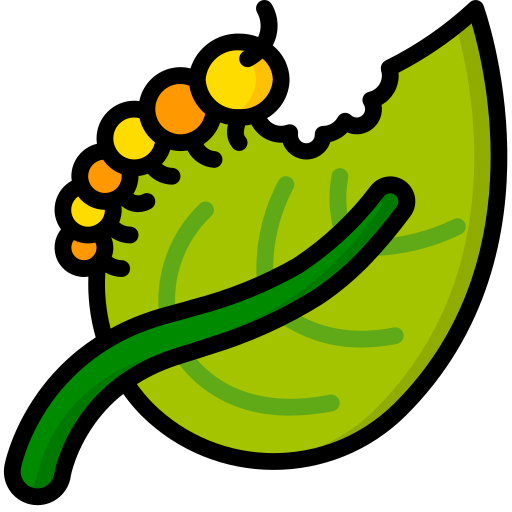 Pests
Pests
What pests does Cape Gooseberry get?
Pests that affect Cape Gooseberry include: Red Spider Mite, Aphids, Cutworm, Stem Borer, Cucumber Beetle, Potato Beetle, Flea Beetle, Fruit Moth.
 Diseases
Diseases
What diseases does Cape Gooseberry get?
Diseases that affect Cape Gooseberry include: Powdery Mildew, Mosaic Virus.
 Notes
Notes
Is there anything else I need to know about Cape Gooseberry?
Unripe fruit, leaves and flowers of the Cape Gooseberry plant are poisonous to both humans and animals and can have some very negative side effects if consumed. Only eat fruit which is completely ripe (yellow to orange in colour).
 Troubleshooting
Troubleshooting
How do I troubleshoot my growing problems?
Plants may require staking for support and protection from strong winds.
